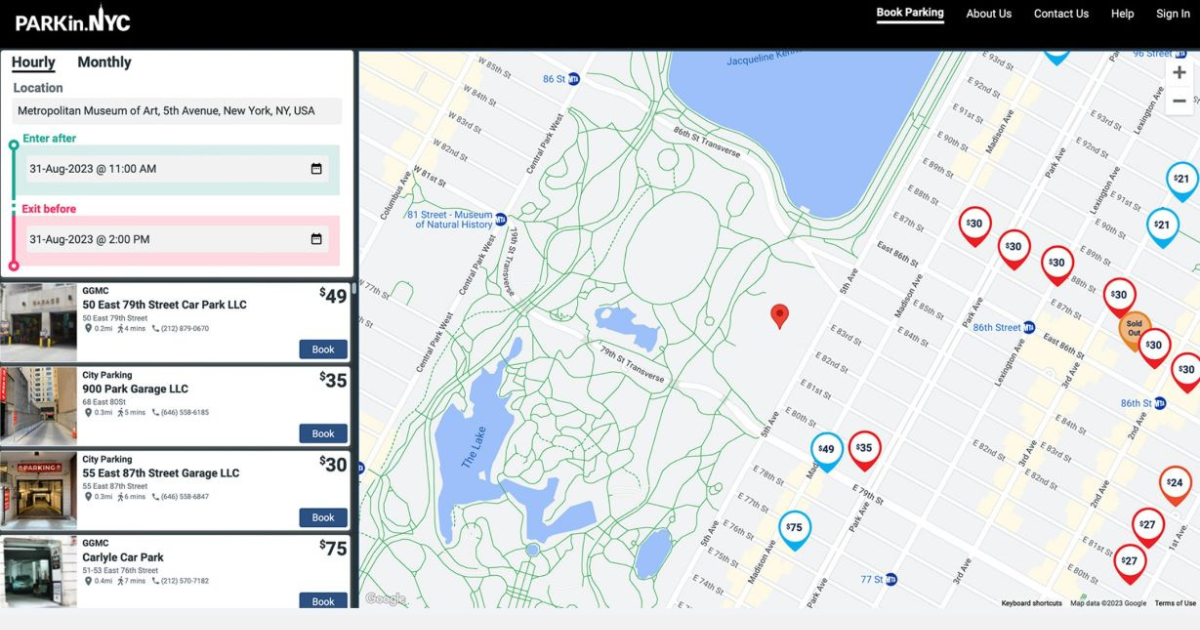How to Optimize Energy Spend While Reducing Infection Risk and Advancing Sustainability

Building owners looking for an edge in retaining tenants or their own staff need to juggle three factors: infection risk, occupant comfort and sustainability. This daily challenge involves making constant trade-offs, weighing competing goals and changing business needs. Digital technologies and artificial intelligence can help provide guidance, but to date most solutions have solved for only one goal at a time.
The smart building landscape is changing, with new solutions that advance sustainability, comfort, and wellness simultaneously. Hereís what to look for as you seek your ideal solution.
The right data, for the right recommendations
Analytics and simulation solutions can help facilities operators weigh multiple scenarios to solve for a wide range of outcomes. The newest tools give operators data-backed options that support on-the-go decisions to improve indoor air quality (IAQ), reduce energy use, enhance occupant comfort or find an equilibrium point.
Essentially, you want a recommendations engine that continuously scans facility operations to uncover opportunities. The system should draw on real-time, site-specific data, gathered from sensors, meters and other devices. It should also incorporate external data such as weather forecasts and utility market pricing. Look for the ability to simultaneously project the impact of operations decisions on all three areas - wellness, comfort, and sustainability.
For example, consider the setpoints for an air handling unit (AHU). The newest solutions connect performance data for that AHU, plus building and external data, to a virtually represent the space. Through digital simulations and analytics, the effects of varied AHU supply temperatures, economizer threshold temperatures and outside airflows can rapidly be determined. Ultimately your team gets a range of setpoint options to be selected based on what you want to prioritize: optimize infectious disease risk, optimize energy efficiency or balance the two.
A fantastic user experience
Look for easy-to-read dashboards that show your team the current state of your indoor environment as well as any alerts. Dashboards in the most advanced solutions show suggested actions for a zone or the entire building, with precise metrics clarifying how each action is projected to affect specific goals.
Ideally, your team can execute actions through a cloud interface with just a push of a button. The latest solutions also offer auto-mode capabilities, enabling the system itself to make and execute operating decisions. This function is especially valuable for new or inexperienced facilities teams.
Easy implementation and scalability
You should be able to layer your chosen solution onto your building automation system (BAS) with minimal to no hardware upgrades, leveraging a blend of hardware and cloud packages. Providers will fine-tune the AI analytics based on your floor space requirements and typical occupancy. Their team should also work with yours to determine how to structure your data and ensure seamless communication.
Look for the opportunity to add functionality as your needs evolve - for example, apps that empower you to proactively manage all your HVAC assets, or advanced fault detection and diagnostics that support predictive maintenance.
Measurable value
Pricing for these new solutions is generally based on the value created. Look for rapid ROI, with payback in six to eight months based on these essential outcomes:
- Create healthy, comfortable spaces while balancing energy spend with IAQ. Optimize space use, reduce hot/cold calls, and reduce infection risk.
- Optimize operations to gain a competitive advantage. Cut maintenance spend and improve tenant retention while commanding a premium on leasing rates.
- Maximize productivity. Boost technician productivity and potentially decrease staffing levels - for example, requiring just one operator for a half-million square feet instead of three.
- Achieve sustainability/ESG goals and enhance tenant appeal as you reduce energy spend and shrink your carbon footprint.
Solve for multiple goals
OpenBlue Enterprise Manager from Johnson Controls gives you a better way to gather, view and analyze data. Use Enterprise Manager to enhance operations for a building, a campus or a multi-site portfolio.
- Unify a patchwork of systems, even ones that are dated and aging.
- Tap big data and artificial intelligence to set baselines and track progress.
- Use modern tools without having to upgrade building systems.
Enterprise Manager includes Performance Advisor, streamlining operations decisions to achieve your goals. Managing indoor air quality/infection risk, sustainability/ESG, and comfort doesnít have to be a one-by-one, this-or-that decision. Performance Advisor makes it easy to make informed facility operations choices - balancing all three goals at once.
Put the newest digital solutions to work now, to help you succeed today and tomorrow.
This Week’s Sponsor
We help customers See Beyond Whatís Next with cloud-native ERP real estate management solutions for office, retail, industrial, and residential owner operators. REMLogics is built on a modern no-code ERP platform so customers can continually innovate and respond faster to the ever-changing real estate and technology landscape. To learn more visit www.remlogics.net.
Read Next
 3/27/2025
3/27/2025
The Convergence of Edge Computing, Cloud, and AI in Building Automation and Smart Buildings In the built environment, we have seen the convergence of Operational Technology (OT) and Information Technology (IT), later expanding to include Workplace Technologies (WP).
 3/27/2025
3/27/2025
DC Power: A Holistic Approach to Energy Savings in Commercial Buildings In today's energy-conscious world, businesses constantly seek ways to reduce their carbon footprint and operational costs.
 3/13/2025
3/13/2025
How to Achieve Eco-Friendly Facility Management Commercial real estate operators and facility managers are focusing on sustainable practices to minimize environmental impact, create healthier workplaces, improve productivity and lower operational costs.
 1/23/2025
1/23/2025
When It Comes To Managing Propertiesí Parking, Technology Is Key Itís easy for developers and real estate owners to think of parking as a necessary evil. They know they have to provide it (often, because itís mandated by code), they understand that prospective tenants and buyers expect to be provided parking, but they havenít figured out how to maximize its value.



.gif)








